Email: info@karssenmetal.com Tel: +86 18147353336
The name graphite comes from the Greek word "graphein", which means "to write". Named in 1789 by German chemist and mineralogist A. G. Werner. Graphite is an allotrope of elemental carbon. Each carbon atom is surrounded by three other carbon atoms (multiple hexagons arranged in a honeycomb pattern) to form a covalent molecule.
Graphite is a crystalline mineral of carbonaceous elements, and its crystalline framework is a hexagonal layered structure. The distance between each mesh layer is 340pm, and the distance between carbon atoms in the same mesh layer is 142pm. It is a hexagonal crystal system with complete layered cleavage. The cleavage surface is dominated by molecular bonds, which is weak in attraction to molecules, so its natural buoyancy is very good. Because each carbon atom emits an electron, and those electrons are free to move, graphite is an electrical conductor. It should be mentioned that graphite and diamond, carbon 60, carbon nanotubes, etc. are all simple substances of carbon element, and they are allotropes of each other.
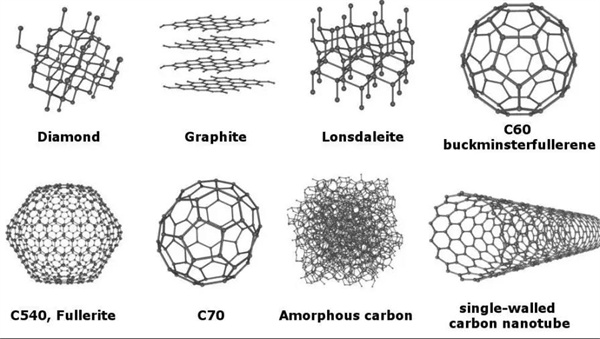
Main performance characteristics of graphite
1. High temperature resistance: The melting point of graphite is 3850±50℃, and the boiling point is 4250℃. Even if it is burned by an ultra-high temperature arc, the weight loss is very small, and the thermal expansion coefficient is also small. The strength of graphite increases with temperature increasing, and at 2000°C, the strength of graphite doubles.
2. Electrical and thermal conductivity: The electrical conductivity of graphite is one hundred times higher than that of ordinary non-metallic minerals. The thermal conductivity exceeds that of metal materials such as steel, iron, and lead. The thermal conductivity decreases with temperature increasing, and even at extremely high temperatures, graphite acts as a thermal insulator. The reason why graphite can conduct electricity is because each carbon atom in graphite forms only 3 covalent bonds with other carbon atoms, and each carbon atom still retains 1 free electron to transmit charges.
3. Lubricity: The lubricating performance of graphite depends on the size of the graphite flakes. The larger the flakes, the smaller the friction coefficient and the better the lubricating performance.
4. Chemical stability: Graphite has good chemical stability at room temperature, and is resistant to acid, alkali and organic solvent corrosion.
5. Plasticity: Graphite has good toughness and can be rolled into very thin sheets.
6. Thermal shock resistance: Graphite can withstand severe changes in temperature without damage. When the temperature changes suddenly, the volume of graphite changes little, and cracks will not occur.
Graphite Advantages
1. Faster processing speed: under normal circumstances, the machining speed of graphite can be 2~5 times faster than that of copper; And the discharge machining speed is 2~3 times faster than that of copper and the material is less prone to deformation: In the processing of thin rib electrodes the advantages are obvious; The softening point of copper is about 1000 degrees, which is easy to be deformed by heat; But the sublimation temperature of graphite is 3650 degrees and its thermal expansion coefficient is only 1/30 of that of copper.
2. Lighter weight: The density of graphite is only 1/5 of that of copper. When large-scale electrodes are subjected to electric discharge machining, it can effectively reduce the burden on the machine tool (EDM); it is more suitable for the application of large-scale molds.
3. The discharge consumption is smaller; because the spark oil also contains C atoms, during the discharge machining, the high temperature decomposes the C atoms in the spark oil, and then a protective film is formed on the surface of the graphite electrode, which compensates for the graphite electrode’s loss.
4. There is no burr; after the copper electrode is processed, it needs to be manually trimmed to remove the burr, while the graphite has no burr after processing, which saves a lot of cost and makes it easier to realize automatic production.
5. Graphite is easier to grind and polish; since the cutting resistance of graphite is only 1/5 of that of copper, it is easier to grind and polish by hand.
6. The material cost is lower and the price is more stable; due to the rise in copper prices in recent years, the price of isotropic graphite is now lower than that of copper. Under the same volume, the price of graphite products is 30%~60% lower than the price of copper. It is this incomparable advantage that has gradually replaced copper as the preferred material for EDM electrodes.
Main uses of graphite
1. As a refractory material: Graphite and its products have the properties of high temperature resistance and high strength. They are mainly used in the metallurgical industry to manufacture graphite crucibles. In steelmaking, graphite is commonly used as a protective agent for steel ingots and as the lining of metallurgical furnaces.
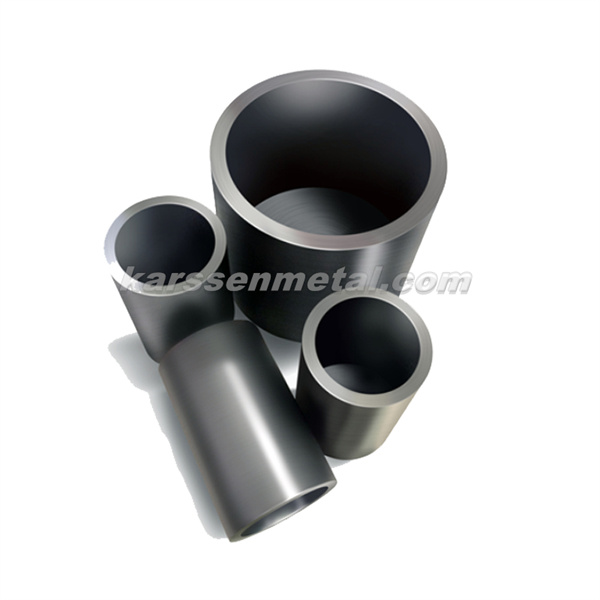
2. As a conductive material: in the electrical industry, it is used to manufacture electrodes, brushes, carbon rods, carbon tubes, positive electrodes of mercury positive current devices, graphite gaskets, telephone parts, coatings for TV picture tubes, etc.
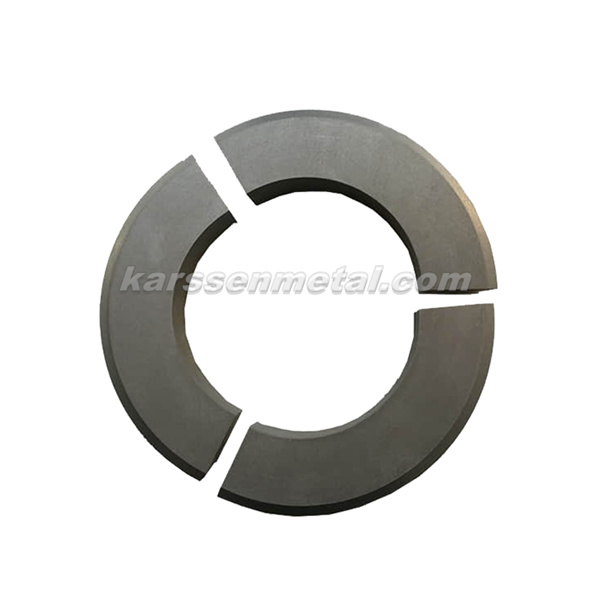
3. As a wear-resistant lubricating material: Graphite is often used as a lubricant in the machinery industry. Lubricating oil often cannot be used under the conditions of high speed, high temperature and high pressure, while the graphite wear-resistant material can work at a high sliding speed at a temperature of 200~2000 ℃ without lubricating oil. Many equipment for conveying corrosive media widely use graphite materials to make piston cups, sealing rings and bearings. They do not need to add lubricating oil during operation. Graphite milk is also a good lubricant for many metal processing (wire drawing, tube drawing).
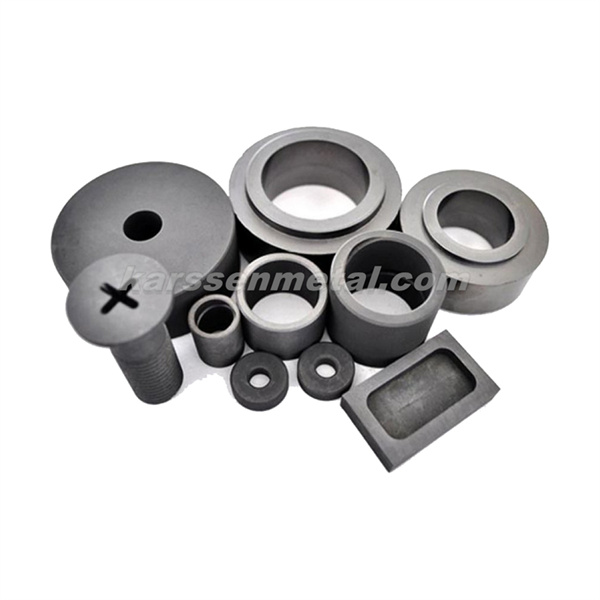
4. Graphite has good chemical stability. Specially processed graphite has the characteristics of corrosion resistance, good thermal conductivity and low permeability, and is widely used in the production of heat exchangers, reaction tanks, condensers, combustion towers, absorption towers, coolers, heaters, filters and pump equipment. It is widely used in petrochemical, hydrometallurgy, acid and alkali production, synthetic fiber, papermaking and other industrial sectors, which can save a lot of metal materials.
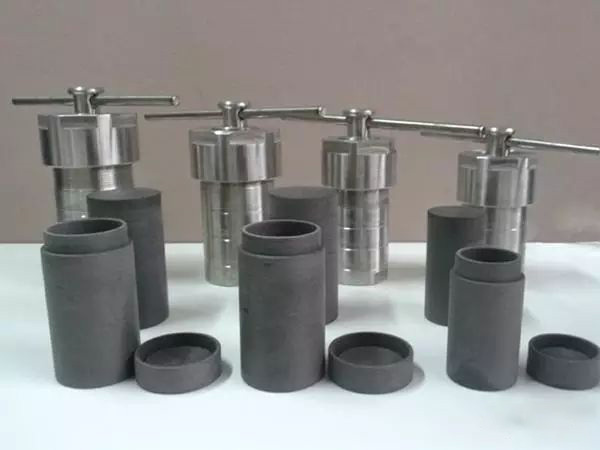
5. Metallurgical materials for casting, sand-cast, compression molding and high-temperature: due to the small thermal expansion coefficient of graphite and the ability to withstand changes in rapid cooling and rapid heating, it can be used as a mold for glassware. After using graphite, the formed black ferrous metal castings are with accurate size and smooth surface and high yield, can be used without machining or a little machining, thus saving a lot of metal. In the production of powder metallurgy processes such as cemented carbide, graphite materials are usually used to make porcelain boats for compression molding and sintering. The processing of single crystal silicon crystal growth crucibles, regional refining vessels, support fixtures, induction heaters, etc. are all inseparable from high-purity graphite. In addition, graphite can also be used as graphite heat insulation board and base for vacuum smelting, high temperature resistance furnace tube, rod, plate, grid and other components.
6. Used in atomic energy industry and national defense industry: Graphite has a good neutron moderator and is used in atomic reactors. Uranium-graphite reactor is a kind of atomic reactor with many applications. As a deceleration material in a power atomic energy reactor, required material should have performances such as high melting point, stability and corrosion resistance, and graphite can fully meet the above requirements. As the graphite used in atomic reactors, the purity requirements are very high, and the impurity content should not exceed several tens of PPM. In particular, the boron content should be less than 0.5PPM. Graphite is also used in the defense industry to make nozzles for solid fuel rockets, nose cones for missiles, parts for aerospace equipment, thermal insulation and radiation protection materials.
7. Graphite can also prevent boiler scaling. Tests of relevant units show that adding a certain amount of graphite powder (about 4 to 5 grams per ton of water) in water can prevent scaling on the boiler surface. In addition, graphite coating on metal chimneys, roofs, bridges and pipes can prevent corrosion and rust.
8. Graphite can be used as pencil lead, pigment and polishing agent. After special processing of graphite, various special materials can be made for relevant industrial sectors.
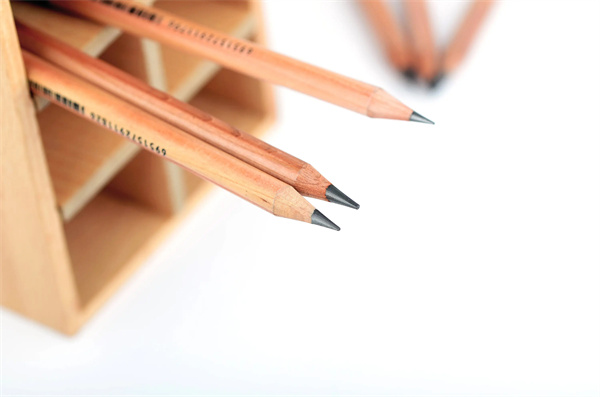
9. In terms of electrodes, graphite can replace copper as electrodes. In the 1960s, copper was widely used as an electrode material, with a usage rate of about 90%, and graphite was only about 10%; in the 21st century, more and more users began to choose graphite as an electrode material. In Europe, more than 90% The above electrode material is graphite. Copper, the once-dominant electrode material, has all but lost its advantages over graphite electrodes. What caused this dramatic change? Of course there are many advantages of graphite electrodes.
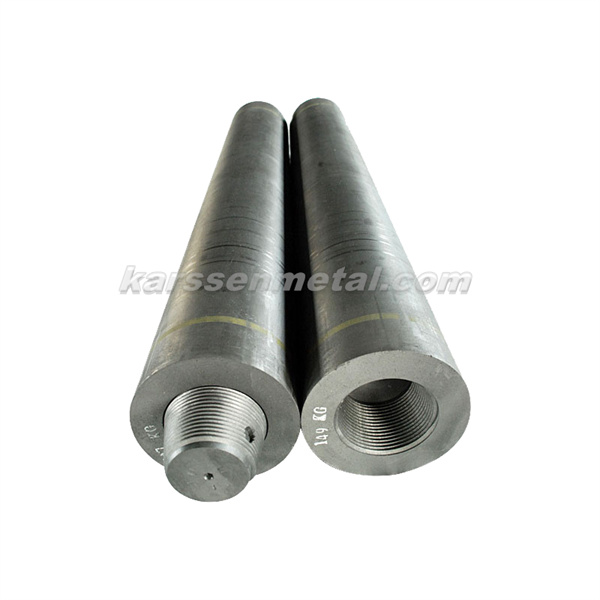
New uses for graphite materials
With the continuous development of science and technology, people have also developed many new uses for graphite. In 1971, the United States successfully researched flexible graphite sealing materials, which solved the problem of leakage of atomic energy valves. Subsequently, Germany, Japan and France also began to develop and produce them. In addition to the characteristics of natural graphite, this product also has special flexibility and elasticity. Therefore, it is an ideal sealing material. Widely used in petrochemical, atomic energy and other industrial fields. The international market demand is increasing year by year.
In addition, graphite is also a polishing agent for glass and rust inhibitor for paper in the light industry, and is an indispensable raw material for the manufacture of pencils, inks, black paint, synthetic diamonds and diamonds. It is a good energy-saving and environmentally friendly material, and the world has used it as a car battery. With the development of modern science, technology and industry, the application field of graphite is still expanding, and it has become an important raw material for new composite materials in the high-tech field and plays an important role in the national economy.
Isostatic graphite blocks are an important graph
Graphite rotor belongs to graphite material, whi
Graphite sheets have many important roles in the
Contact: Bateer
Phone: +86 18147353336
Tel: +86 18147353336
Email: info@karssenmetal.com
Add: Room D204-2203, Innovation Building, Baotou Light Industry Vocational Technical College, 19 Jianhua Road, Qingshan District, Baotou City, Inner Mongolia, China.